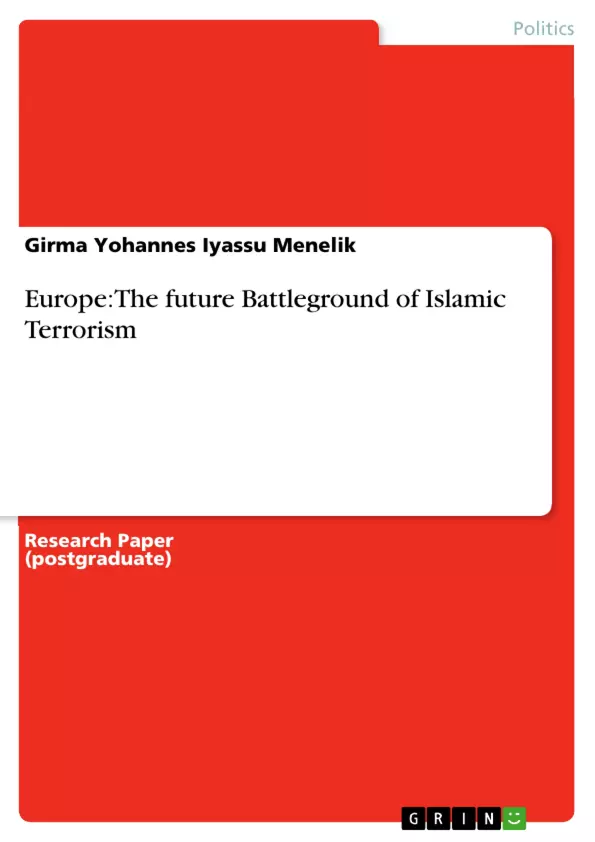On November 28th 2009, referendum, a constitutional amendment banning the construction of new minarets was approved by 57.5% of the participating voters in Switzerland (based on their direct-vote system).
The outcome of such a referendum angered not the moderates but all radical Muslims throughout Europe, the Middle-East, Asia, Africa and Pakistan.Do those radicals do the same if Vatican venture to construct a Church in Riad or Istanbul?
The reason is simple, the people of Switzerland (57%)were afraid by the dramatic development of Islamic institutions and the Europe-wide agitation of radicalists’ through their mosques and forums.
As you can read in this book, the radical Muslims were angry because one of their strategic pillar that carried their future goals has failed, hidered or doomed.
The initial strategy targeting Europe as the future battleground for radical Islamic terrorists, was born in Geneva,Switzerland. Their goal is “to get back Europe, the continent once belonged to them”. For that purpose, they have laid down the groundwork that has been in process since the 1950s.
Early in 1950, most members of Islamic Brotherhood (Ikwans, together with those retired Arabic soldiers who fought alongside Nazi-Germany, planted their Mosques in Geneva and Munich.
Today,the Ikwans; allied with the Turkish (Milli Goerues) and Asian Islamic fundamentalists, succeeded (with oil Dollars from the Wahabists) in establishing hundreds of Mosques, Research Institutes and diverse business firms throughout Europe. Radical Muslims in Europe operate with a new under-cover strategy -attracting educated youngsters; immigrants, students and converted Europeans to execute their hidden agenda. The bombers of Madrid and London are not the radicals who travelled from the Middle East or Afghanistan to launch their terror actions; they originate from Europe or- mostly home-grown. In the future, as it is today, most of the Islamist terrorist threat to the United States will largely originate from Europe(due to visa waiver). As it is imagined, the graduates of Middle Eastern madrassas who are functional idiots and can do little more than read the Koran, will not travel to Europe or the US to launch their attacks. Miami, FL October, 2009
- Citar trabajo
- Professor Dr. Girma Yohannes Iyassu Menelik (Autor), 2010, Europe: The future Battleground of Islamic Terrorism, Múnich, GRIN Verlag, https://www.grin.com/document/141972



